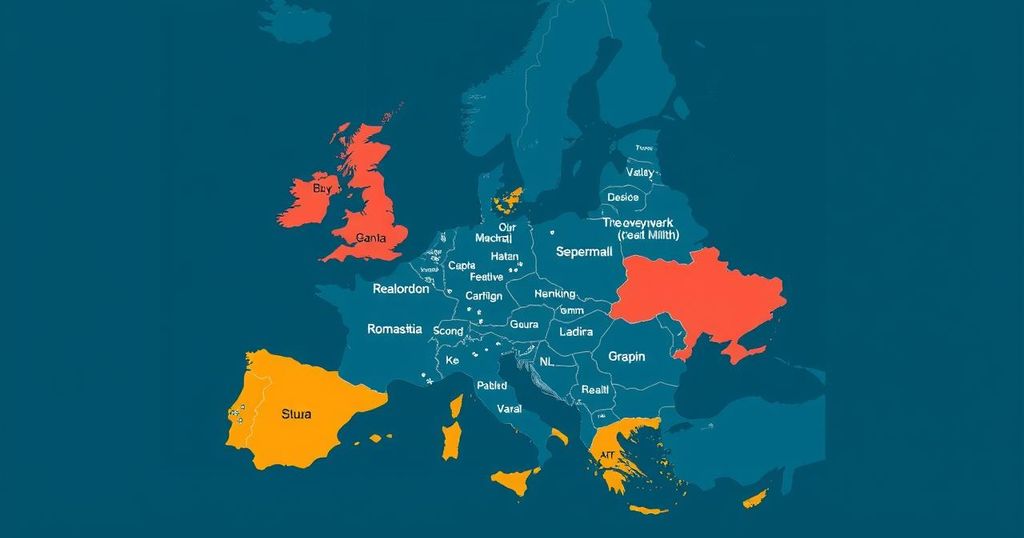Diabetes poses a growing challenge for Europe’s healthcare systems, with 31.6 million affected, projected to rise. Disparities in access to care persist, particularly between Eastern and Western Europe. Innovations like Italy’s Type 1 diabetes screening program show promise, yet urgent action is needed to ensure equitable treatment. The affordability of insulin remains a critical barrier, highlighting the need for coordinated EU efforts to address these inequalities and improve health outcomes.
Europe’s healthcare systems stand at a breaking point, threatened by rising diabetes prevalence and stark inequities in treatment access. With about 31.6 million people diagnosed with diabetes in 2023 and projections indicating a rise to 33.2 million by 2030, actions are urgently needed to address these disparities. Factors such as socioeconomic status and innovations in care complicate this landscape. For instance, Italy’s groundbreaking Type 1 diabetes screening program heralds a new era in affordable care, yet legislative harmonization remains elusive across the EU, leaving many in the shadows of healthcare. Countries like Germany boast structured education programs that empower individuals to self-manage their diabetes, while the Dutch integrated care model showcases collaboration among multidisciplinary teams to enhance health outcomes. However, Eastern Europe lags significantly, with nations like Romania and Bulgaria wrestling with healthcare funding deficits, limiting patient access to essential screenings and medications. The issue of insulin accessibility also looms large. While Germany and the Netherlands fare well, Eastern nations face hurdles with exorbitant insulin prices exacerbating the situation. The WHO has stressed a pressing need for coordinated EU efforts to make insulin affordable and available for all. Emerging technology, such as continuous glucose monitoring tools in countries like Sweden, revolutionizes care, yet inequality persists. The European Diabetes Forum has raised alarms, asserting that systemic issues and socioeconomic barriers contribute to this wide treatment gap.
The article delves into the challenging landscape of diabetes management across Europe, underlining alarming disparities linked to socioeconomic factors and regional healthcare differences. With the rising prevalence of diabetes driven by an ageing population, obesity, and changing lifestyles, the need for cohesive action has never been more critical. Key initiatives in various European countries illustrate efforts to bridge the gap in diabetes care, yet stark inequalities indicate that much remains to be addressed. The stark contrast between healthcare access and resources between regions highlights a growing crisis that can no longer be ignored.
In conclusion, Europe’s burgeoning diabetes crisis reflects a dire need for urgent action to rectify access disparities and ensure equitable treatment for all. Innovative programs like Italy’s Type 1 diabetes screening initiative demonstrate progress, yet substantial work is required to harmonize care across the continent. The call for improved access to affordable insulin, education, and technology adoption underscores the importance of concerted efforts. Without these vital investments, Europe risks further straining its healthcare systems and the well-being of its citizens.
Original Source: www.euractiv.com

Leave a Reply